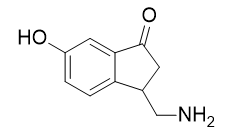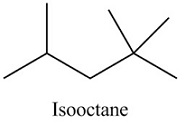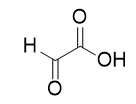Chapter 10. Organic Chemistry
10.8 End of Chapter Problems
1. Draw the line bond structure for the following compounds:
a) Br[CH(CH3)]4COCH(CH3)CH2CH3
b) CH3(CH)8CH2COOH
c) CH3CH2CH(CHO)(CH2)2CH(CH3)CH2Br
d) (HO)2CH(CH2)2O(CH2)3COOH
2. For the following compounds, give the chemical formula and the condensed structure:
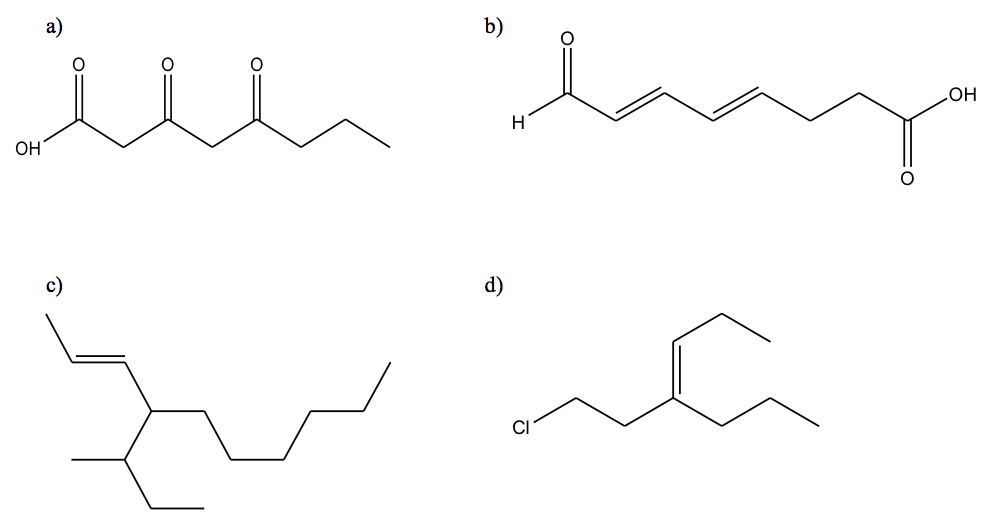
3. Answer the following questions for each of these compounds.
a) Name the circled functional groups: A = ?, B = ?, C = ?
b) What is the chemical formula of the compound?
c) How many lone pairs are there in the compound?
Phenylalanine is an α-amino acid.
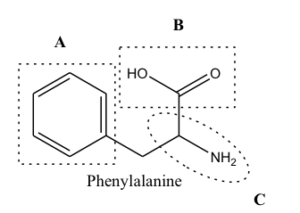
Aspirin, also known as acetylsalicylic acid, is often used to relieve minor aches and pains, and to reduce fever.
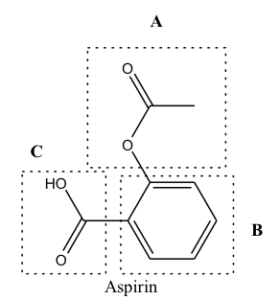
Tetracycline is an antibiotic used against many bacterial infections.
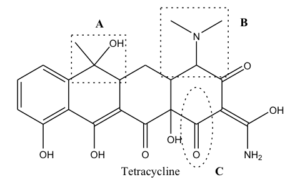
Ampicillin is an antibiotic used against many bacterial infections since 1961.
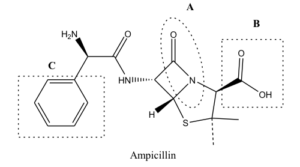
Forskolin is a natural product produced by the Indian Coleus plant (Coleus forskohlii).
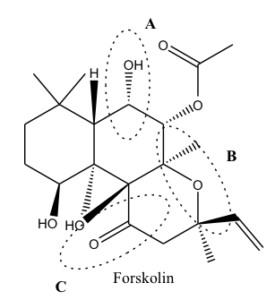
4. Cycloalkanes are named based on the number of C atoms in them, just like regular alkanes, but with the prefix cyclo– on the name. What are the names of the three smallest cycloalkanes?
5. Draw the bond-line structure of all noncyclic alkanes with only four C atoms.
6. Cyclic alkanes can also have substituent groups on the ring. Draw the bond-line structure of all cyclic alkanes with only four C atoms.
7. What is the maximum number of methyl groups that can be on a propane backbone before the molecule cannot be named as a propane compound?
8. In the gasoline industry, what is called isooctane is actually 2,2,4-trimethylpentane. Draw the structure of isooctane.
9. The actual name for the explosive TNT is 2,4,6-trinitrotoluene. If the structure of TNT is as shown below, propose the structure of the parent compound toluene.
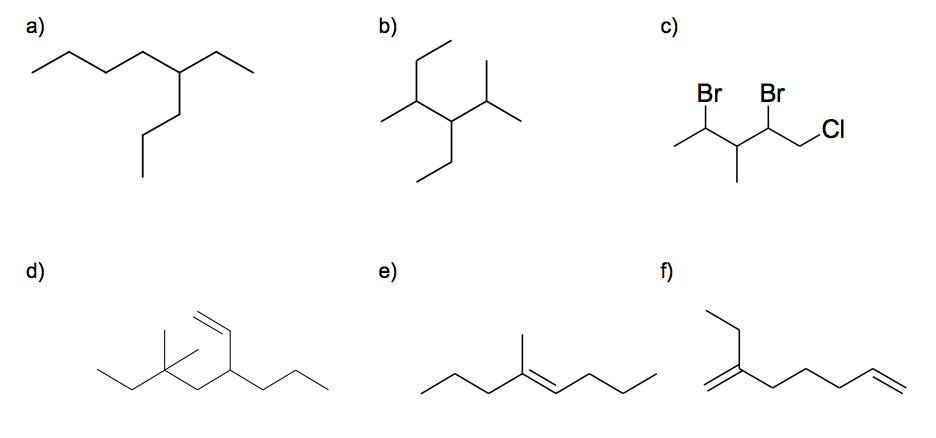
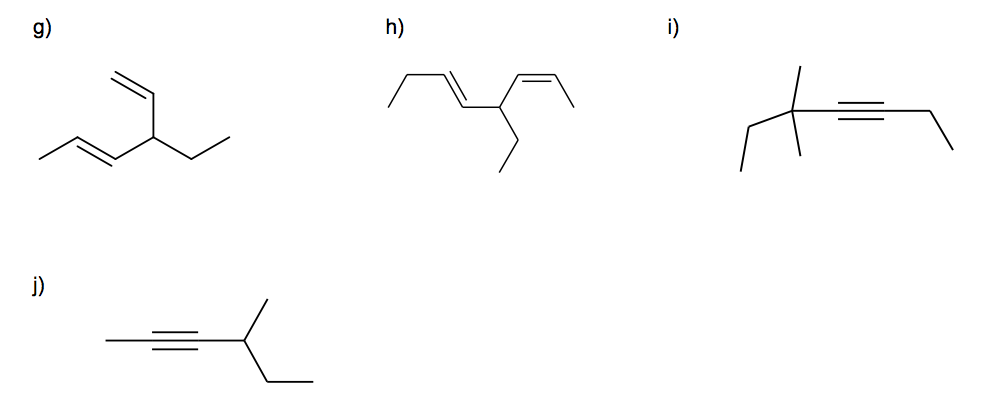
Answers
1.
2. a) C8H12O4 HOOCCH2COCH2CO(CH2)2CH3
b) C8H10O3 HOC(CH)4(CH2)2COOH
c) C14H28 CH3(CH)2CH(CH[CH3]CH2CH3)(CH2)5CH3
d) C9H17Cl Cl(CH2)2C(CHCH2CH3)(CH2)2CH3
3. Phenylalanine a) A = Arene, B = Carboxylic Acid, C = Primary Amine
b) C9H11NO2
c) 5 lone pairs – one on the nitrogen and two on each oxygen,
Aspirin a) A = Ester, B = Arene, C = Carboxylic Acid
b) C9H8O4
c) 8 lone pairs – two on each oxygen,
Tetracycline a) A = Tertiary Alcohol, B = Tertiary Amine, C = Ketone
b) C22H24N2O8
c) 18 lone pairs – one on each nitrogen and two on each oxygen
Ampicillin a) A = Tertiary Amide, B = Carboxylic Acid, C = Arene
b) C16H19N3O4S
c) 13 lone pairs – one on each nitrogen, two on each oxygen and two on the sulfur
Forskolin a) A = Secondary Alcohol, B = Ether, C = Ketone
b) C22H34O7
c) 14 lone pairs –two on each oxygen,
4. cyclopropane, cyclobutane, and cyclopentane
6.
7. two
8.
9.
11. alcohol (or more specifically phenol), arene, ketone, primary amine
12.
13.
14. Triethylamine is a base and HCl is an acid, therefore you get an acid-base reaction.
(CH3)3N + HCl [latex]\longrightarrow[/latex] (CH3)3NHCl
15. a) 4-ethyloctane b) 3-ethyl-2,4-dimethylhexane
c) 2,4-dibromo-1-chloro-3-methylpentane d) 5,5-dimethyl-3-propyl-1-heptene
e) 4-methyl-4-octene f) 2-ethyl-1,6-heptadiene g) 3-ethyl-1,4-hexadiene
h) 4-ethyl-2,5-octadiene i) 3,3-dimethyl-4-octyne j) 4-methyl-2-hexyne


